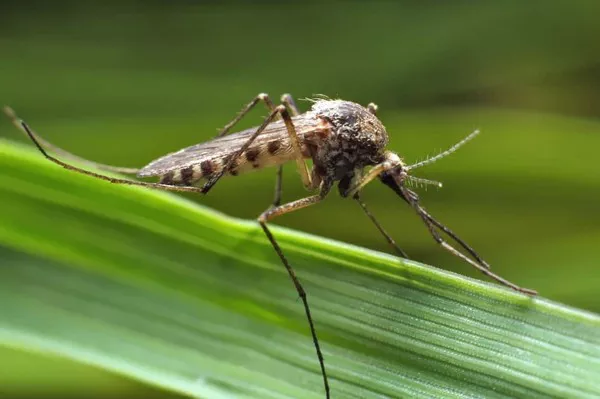Insects are an integral part of our ecosystem, playing vital roles in pollination, decomposition, and maintaining ecological balance. However, some insects pose significant threats to humans, animals, and crops, causing harm through their bites, stings, or destructive behavior. In this article, we will explore the ten most harmful insects in the world, highlighting their characteristics, impact, and potential dangers.
The 10 Most Harmful Insects in the World
1. Mosquitoes (Family: Culicidae)
Mosquitoes are perhaps the most notorious insects on this list due to their role as vectors for various deadly diseases. They transmit pathogens such as malaria, dengue fever, Zika virus, yellow fever, and West Nile virus, causing millions of deaths and illnesses worldwide each year. Female mosquitoes require blood meals for egg production, making humans and animals susceptible to their bites.
2. Tsetse Flies (Genus: Glossina)
Found in sub-Saharan Africa, tsetse flies are vectors for trypanosomes, the parasites responsible for causing African trypanosomiasis or sleeping sickness. This disease affects humans and animals, leading to severe neurological symptoms and eventually death if left untreated. Tsetse flies are particularly harmful to livestock, causing significant economic losses in affected regions.
3. Africanized Honey Bees (Apis mellifera scutellata)
Also known as “killer bees,” Africanized honey bees are a hybrid subspecies resulting from the interbreeding of African honey bees and European honey bees. They are highly aggressive and known for their relentless pursuit of perceived threats, often attacking in large swarms. Their venom is no more potent than that of European honey bees, but their aggressive behavior makes them more dangerous, causing numerous fatalities each year.
4. Bed Bugs (Cimex lectularius)
Bed bugs are parasitic insects that feed on the blood of humans and animals, usually during sleep. While their bites are not known to transmit diseases, they can cause allergic reactions and significant discomfort. Infestations can be challenging to eradicate, leading to psychological distress and financial losses for affected individuals.
5. Fire Ants (Genus: Solenopsis)
Fire ants are aggressive ants known for their painful stings, which can cause allergic reactions and, in severe cases, anaphylaxis. They build large colonies with underground nests, making them difficult to control. Fire ant infestations can pose significant threats to agriculture, as they damage crops and livestock.
6. Kissing Bugs (Triatominae)
Kissing bugs, also known as assassin bugs, are vectors for Chagas disease, a parasitic infection caused by Trypanosoma cruzi. They feed on the blood of mammals, including humans, often biting around the lips or face, hence their name. Chagas disease can lead to chronic health problems, including heart disease and gastrointestinal complications, affecting millions of people, primarily in Latin America.
7. Locusts (Family: Acrididae)
Locusts are notorious for their ability to form swarms of millions of individuals, causing widespread devastation to crops and vegetation. They consume vast quantities of agricultural produce, leading to food shortages, famine, and economic losses in affected regions. Locust plagues have historically posed significant challenges to agriculture and food security, particularly in Africa, Asia, and the Middle East.
8. Asian Giant Hornets (Vespa mandarinia)
Asian giant hornets, also known as “murder hornets,” are among the largest and most aggressive hornets in the world. Their powerful stings can cause severe pain, tissue damage, and, in rare cases, death, particularly in individuals allergic to their venom. They pose a significant threat to bee populations, decimating honeybee colonies within hours.
9. Grain Beetles (Family: Silvanidae and Tenebrionidae)
Grain beetles are common pests in stored food products, including grains, cereals, and flour. They contaminate food with their feces and secretions, leading to spoilage, mold growth, and the spread of pathogens. Infestations can result in significant economic losses for farmers, food manufacturers, and consumers.
10. Emerald Ash Borers (Agrilus planipennis)
Emerald ash borers are invasive beetles that feed on ash trees, causing extensive damage and mortality. Native to Asia, they have spread to North America and Europe, devastating ash tree populations in affected areas. Infestations lead to the decline of ash forests, loss of habitat for wildlife, and increased costs for tree removal and replacement.
See Also: The World’s Deadliest Spider
Conclusion
While insects play crucial roles in ecosystems, some species can pose significant threats to human health, agriculture, and the environment. Understanding the characteristics and behaviors of harmful insects is essential for implementing effective control measures and mitigating their impact on society. Through continued research, monitoring, and collaboration, we can better manage and control harmful insect populations, safeguarding public health and ecological balance.
You Might Be Interested In:
























